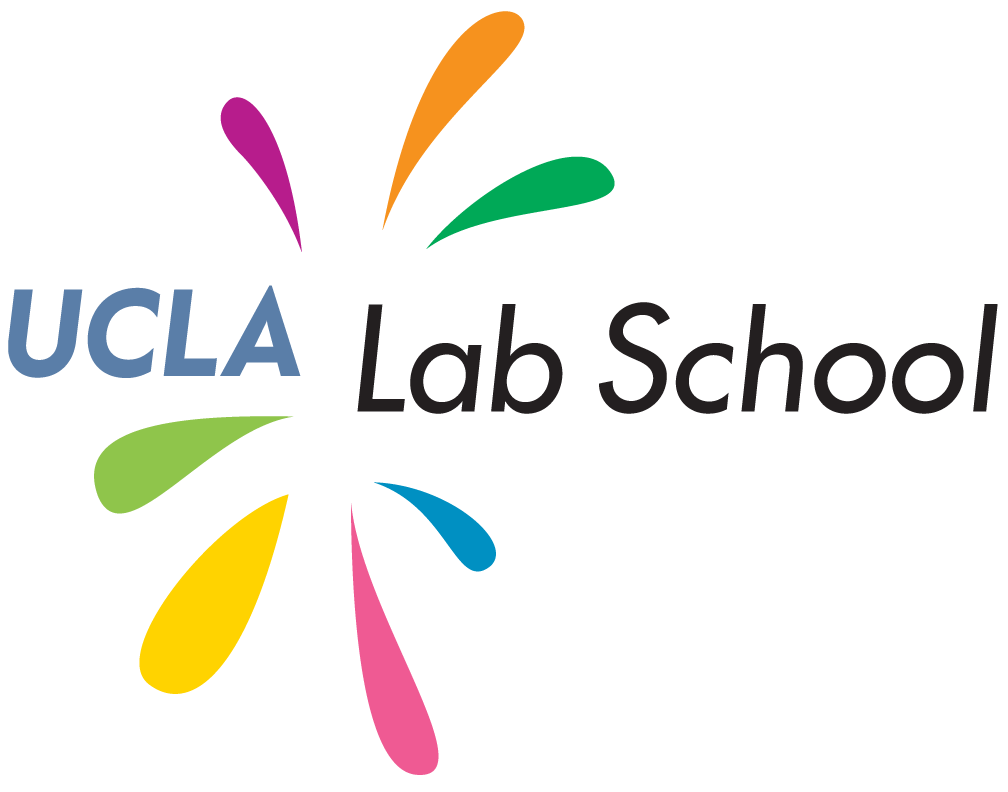Every moment in life is a story, and the most crucial part of teaching storytelling is to value and make space for students’ lives and voices to be heard. When we moved to remote instruction, I wondered how we could teach storytelling in meaningful and personal ways to our class. However, I discovered that one of the advantages of remote instruction is the unique access teachers can have to students’ families and lives. I engaged whole families throughout our storytelling journey, making our learning experiences personal and meaningful.
Author Archives: oliverlanadmin
Experiments with Sluggy: Inquiry and Science in Remote Learning
EC I: Early Childhood 4-5 year olds
Inquiry, Remote Learning
One day (right before the pandemic), our students found a slug in the play yard and asked if we could keep it as a class pet. We found ourselves going along with the idea, and named our new class pet Sluggy. Things got really interesting once we settled Sluggy into our classroom- students began to observe Sluggy, and grew fascinated with everything Sluggy did. The interest and curiosity of getting to know Sluggy then led to reflective questions which became the center of all our inquiry and learning. We even set up a designated station in our classroom, where we could invent different ways to measure Sluggy, and observe it’s slime, characteristics, and features. In a way, we built a small laboratory within our classroom space that was dedicated to taking care and learning all about slugs. So when the pandemic led to the closure of our school, we wanted to find a way to preserve the curious, inquisitive, and reflective spirit of learning about Sluggy during remote instruction.
Creating a Virtual Alphabet Book: Literacy in Remote Learning
EC I: Early Childhood 4-5 year olds
Literacy, Remote Learning
When we began remote learning, we wanted to find ways to connect and create something meaningful as a class. It was important that we continued to build a community of young learners so that despite being far apart from one another, we still felt connected. One of the daily things we did was to share and check in with our students’ lives at home. We got to know our students in their own homes as they shared what they have been doing with their families. As we listened to our students’ conversations, we noticed that our families often went outside for walks. We wondered if we could use this commonality to bring together resources and conversation into our virtual and remote learning space.
Inventive Problem Solving in a Playful Math Classroom
Upper I: 10-11 year olds
Playful Learning
Play is often talked about as if it were a relief from serious learning. But for children play is serious learning. Play is really the work of childhood”
—Fred Rogers
When was the last time you played? What did you do…and how did you feel? As adults, we often associate play as the opposite of work, leading us to feel guilty and unproductive for having those few moments of playfulness and joy. Work is supposed to be serious and structured, right? We find this notion to oppose play to work odd because we see play and playfulness exist in almost every activity we do. Play exists in those moments of joy, curiosities, frustrations, breakthroughs, and challenges that we face in our world every single day.
